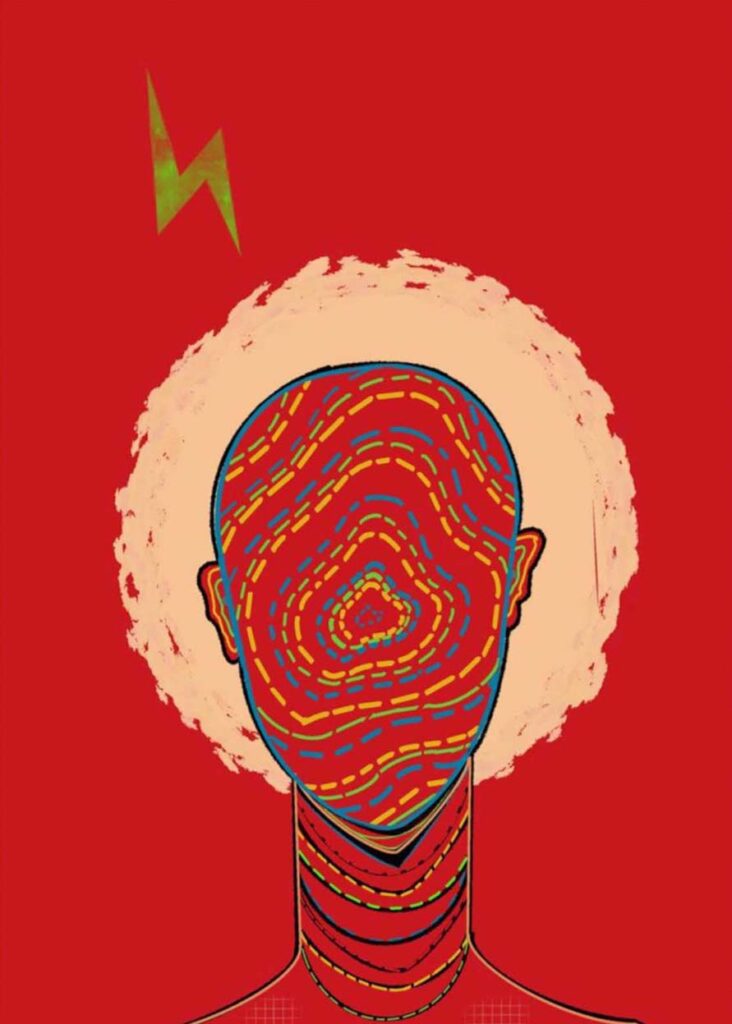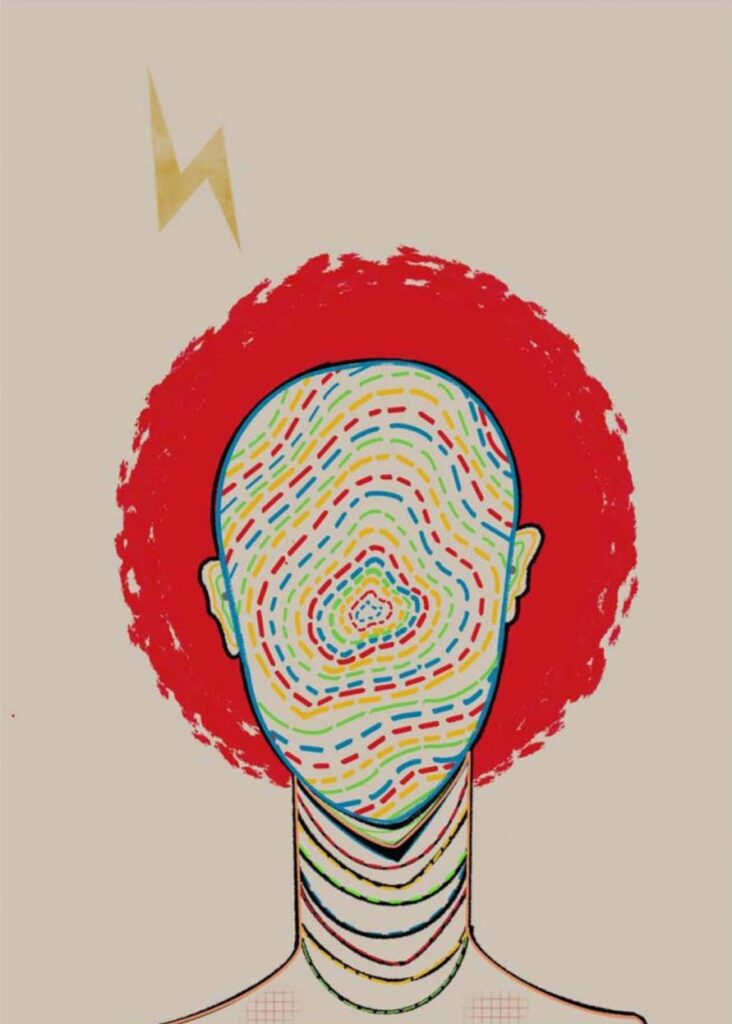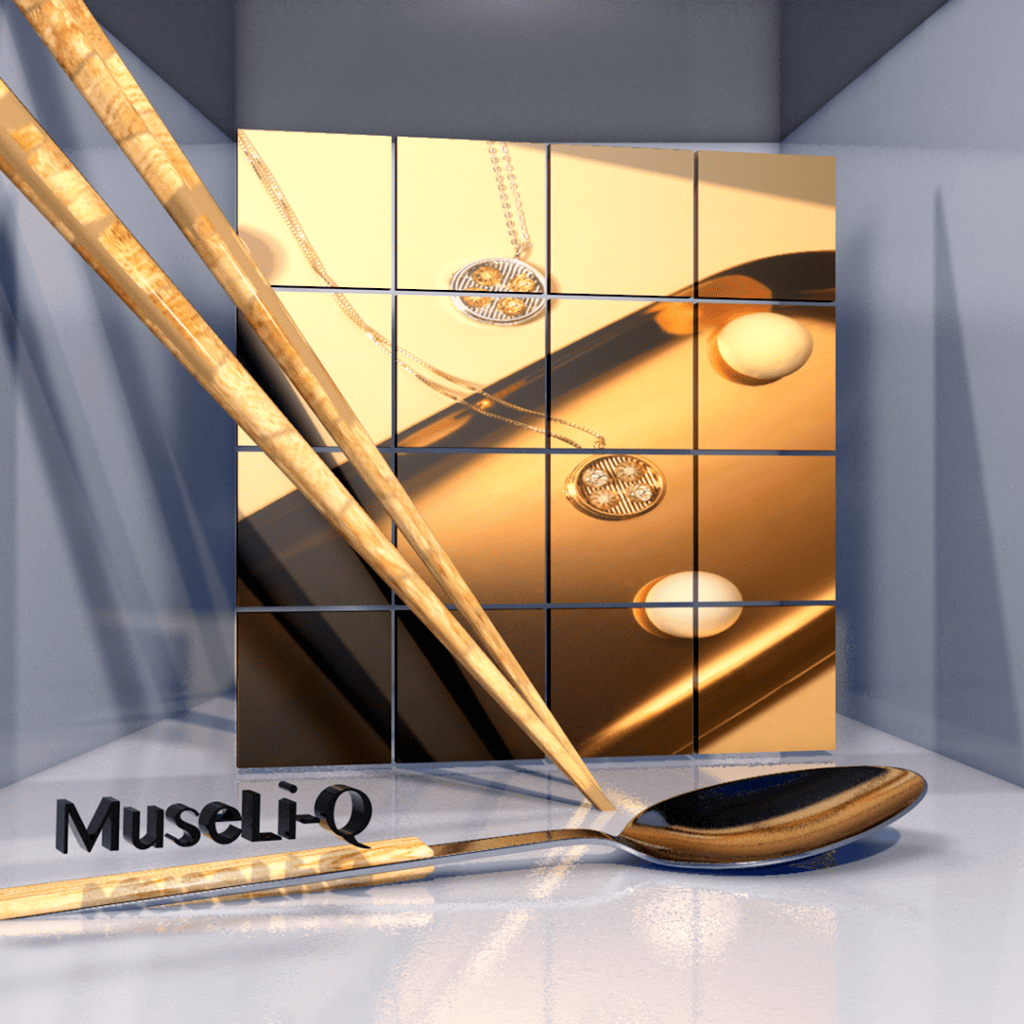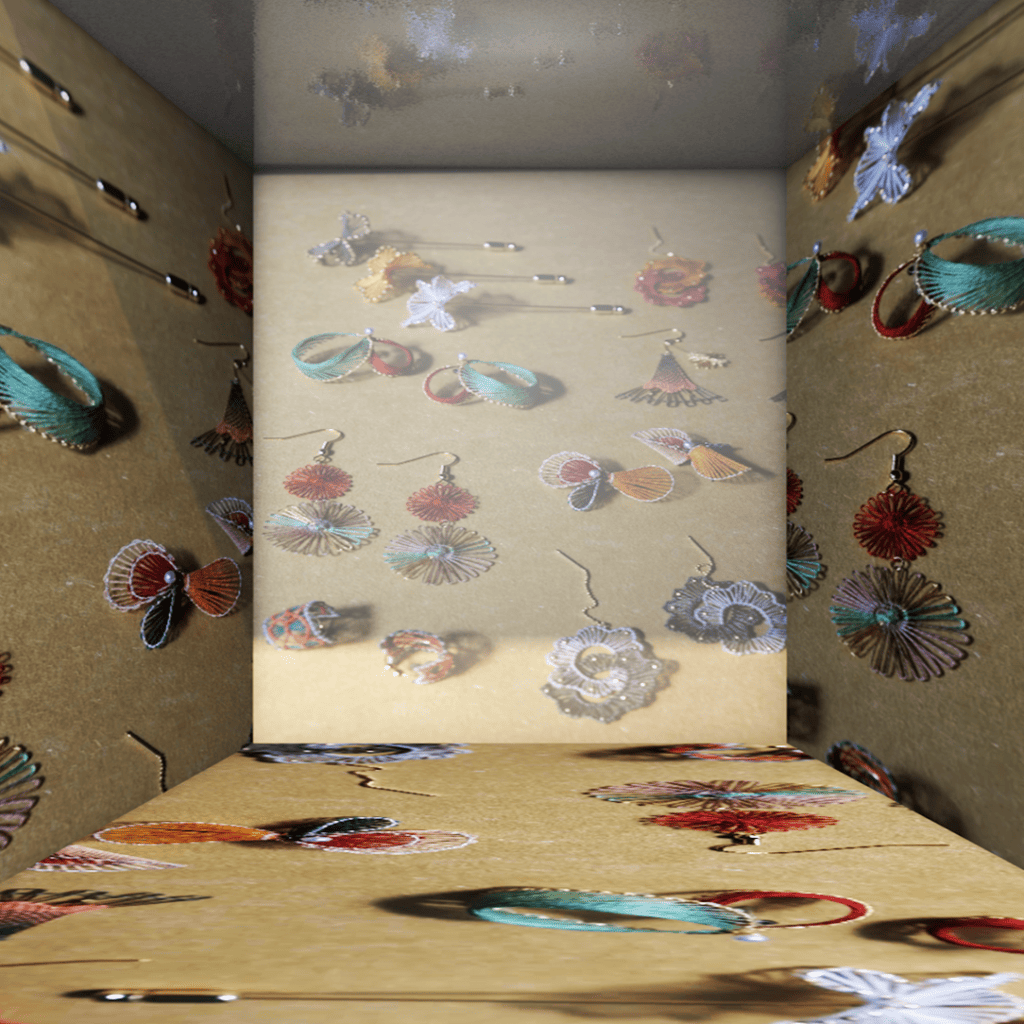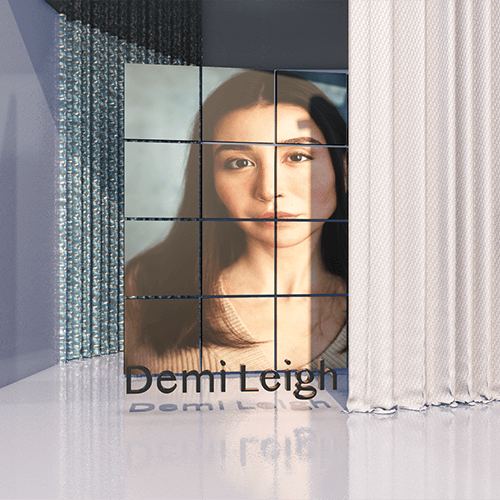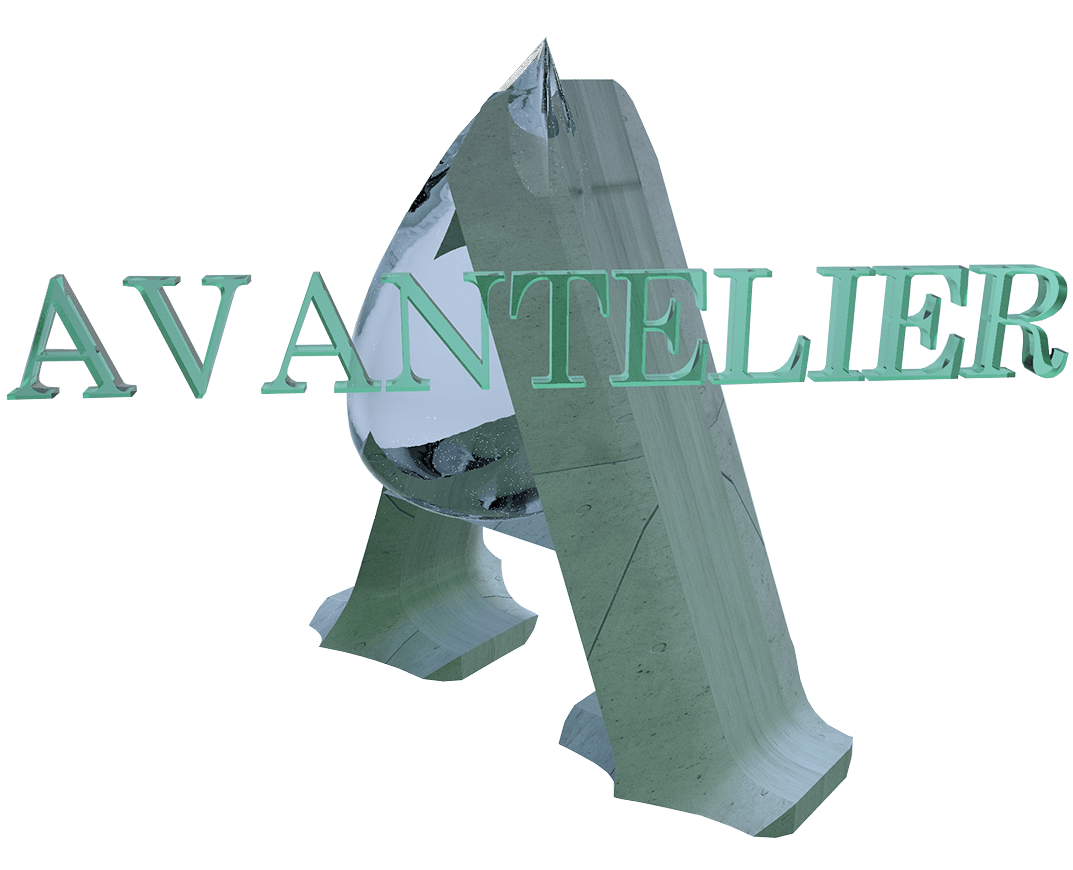Writing by AVANTELIER, Photo by Salamat Yusuf
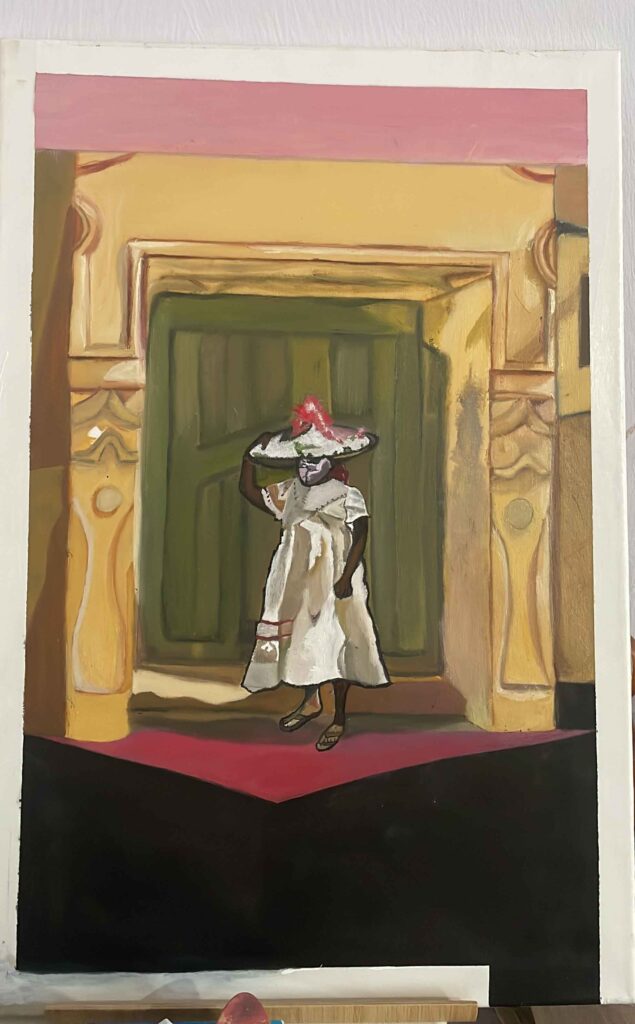
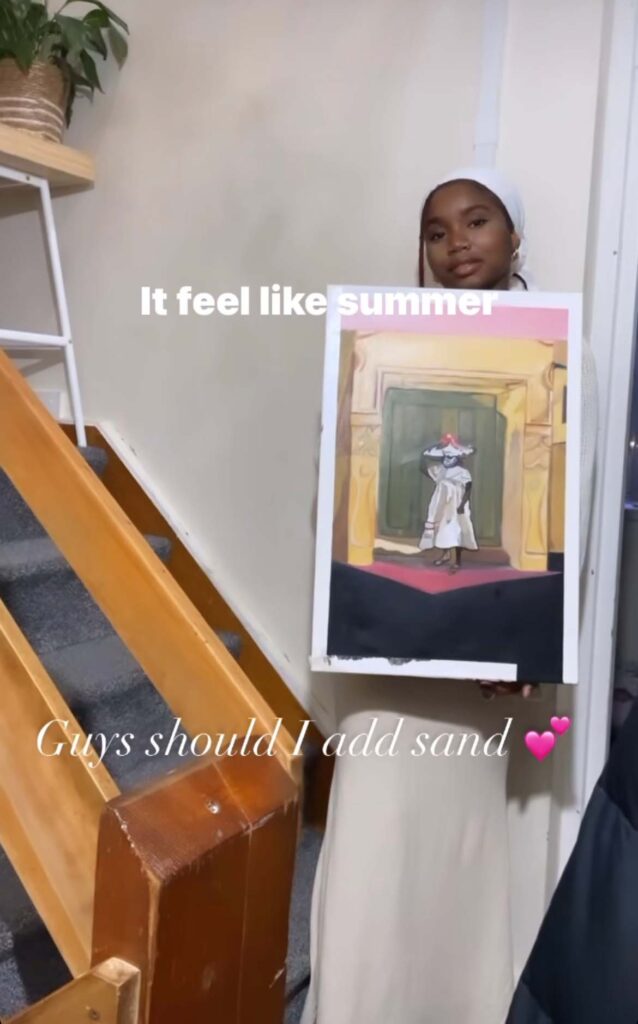
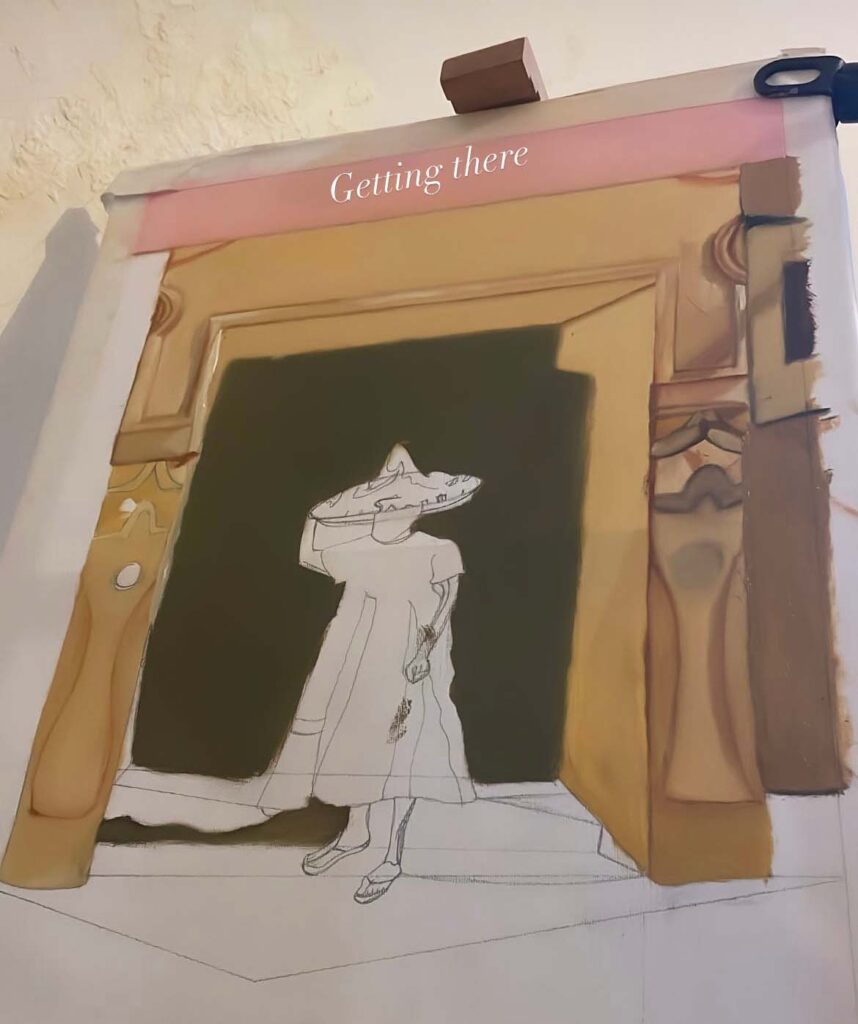
Salamat Yusuf is a young artist who finds solace in creating abstract contemporary art that focuses on the people and culture of Nigerian tribes. Influenced at times by comic art, she also draws inspiration from American culture and Black history. Her creative pursuits extend beyond art, as she is also an aspiring fiction author exploring themes related to race, religion, and expression. Salamat is deeply inspired by American Black history and the rich history of Lagos, Nigeria, where she is from. In her free time, she enjoys writing and hopes to become an author who delves deep into the religious history and relationships of Nigerian tribes. Salamat Yusuf’s work is recognised for its vibrant and evocative visuals, as well as its deep cultural resonance. She blends influences from different cultures and historical contexts to create a unique artistic narrative that is both personal and universal. Her journey is a testament to the power of art and storytelling in fostering understanding and appreciation across diverse cultures.
Background and Inspiration
Can you tell us a little about your background and how you became an artist?
I am Nigerian bred but have lived in the UK since I was 5. Ever since then, I have found love for drawing and art because there is so much within my culture.
Who or what has been your biggest inspiration in your artistic journey?
My biggest inspiration has been my family history and the cultural shifts within the West African region. My family is based in Nigeria, but during the early stages of my grandma Kala’s journey, we migrated to Ghana. We had a farm and lived on a beach, which sparked my interest in different forms of architecture as we moved from Nigeria to Togo and finally to Ghana. My recent research on Islamic architecture during my studies at UAL has led me to delve deeper into the lost architectural history within Africa.
How has your cultural background influenced your art?
My cultural background has influenced my art by resonating with African history, culture, and food. Mainly the lost architectural history within Hausa and Yoruba tribes since that is the main combination of my family heritage, with a small variety of Fulani tribe.
Artistic Process
Can you describe your creative process from concept to completion?
I base my research on the history of my culture and interview people within that context. Then I create a small sketch from imagination while also using plein air technique. I am currently working on a piece that focuses on lost Yoruba architecture, specifically the Benin moat.
What mediums and techniques do you prefer to use in your work, and why?
I prefer to use graphite on paper, then canvas, linseed oil, liquid, and finally oil paint. I use the plain air technique or sometimes edit the picture on my laptop before sketching it out on canvas with my metric ruler.
How do you decide on the themes and subjects of your pieces?
My themes and subjects are based on the inspiration that I am most proud of. Lost architecture is everywhere due to war and hatred in the world. I would like my art to resonate with people who are aware of their architectural history and bring unity within the lost files of architectural history and traditions among a variety of tribes. Nigeria has a total of 371 tribes. Sometimes I write a variety of subjects on post-it notes in my pencil case and later pick a random topic to see if it resonates with the mood of the canvas.
Projects and Collaborations
Can you share some details about your most recent project?
My most recent project is inspired by Van Gogh’s stroke technique and an animated version of African history and tradition. I combine a mixture of my graphic editing skills and drawing to create a pretty pink painting and its contrasting brother, a blue painting. My pink painting focuses on lost Hausa architecture in Nigeria.
Personal Insights
What challenges have you faced as an artist, and how have you overcome them? Share a memorable experience from your practice.
One of the challenges I have faced as an artist is finding suitable studio space. I couldn’t find a large enough space for my artwork, so I settled for creating smaller pieces, about 40×60 cm.
How do you stay motivated and inspired, especially during difficult times?
I find inspiration through my religion and culture. Afrobeat has seen a rejuvenation compared to how it was during the time of the iconic Fela Kuti. The spiritual aspect of Islam makes me feel at ease, as I know that my hardships will pass and that my Rabb (Lord) is always near.
What do you hope people take away from your art?
I hope people gain inspiration and knowledge about Nigerian architectural history. I aim to expand my focus on the Islamic aspect of this history.
Impact and Future
How do you think art can influence society and bring about change?
Art that grabs attention can influence viewers to think more deeply. For those who appreciate plein air and nature elements, it may inspire them to look beyond the immediate. I realised that being original or talente is crucial in art, which I strive to be. Art that captures attention allows viewers to think beyond their usual perspectives. It can influence a society that isn’t God-centered, while a God-focused society might stray from it.
Are there any social or environmental causes you are passionate about and incorporate into your work?
I am passionate about the current states of Palestine, Sudan, Congo, and more. This interest has led me to explore lost architectural history, which I will delve into further next year.
What are your goals and aspirations for the future of your art?
My goals and aspirations for the future of my art are to be noticeable and appreciated (to God be the glory). I aim to make my work more realistic yet abstract, while addressing social topics.
Final Thoughts
What advice would you give to aspiring artists?
Practice as much as you can, even if it’s just for 10 minutes at a time. Focus on eye-hand coordination, whether you are sketching while listening to music or painting in the salon. Remember that time is an illusion controlled by God, and we are living in a constant circle of illusion.
Is there anything else you would like to share with our readers about your work or your journey?
Digital art was my focus a few months back, but I am currently enjoying physical art because its texture cannot be duplicated within the crevices of our eyes.
Salamat Yusuf’s journey is a testament to the transformative power of art. Through her vibrant and evocative work, she bridges diverse cultural histories, creating a unique narrative that resonates on both personal and universal levels. Her dedication to preserving Nigerian cultural heritage and her interest in American Black history highlight her commitment to fostering understanding and appreciation across different worlds. As she continues to explore various creative outlets, from visual art to fiction writing, Salamat remains an inspiring figure for aspiring artists and storytellers. Her journey reminds us that through art and storytelling, we can find solace, express complex themes, and ultimately, bring people together.
You can explore her artwork at the link below:
Additionally, Salamat Yusuf’s paintings and artworks will be showcased and available for sale at the AVANTELIER summer pop-up store from July 24th to August 4th.
**POP-UP STORE**
Date: July 24th to August 4th. (12 days)
Opening Hours: Monday – Saturday 10AM-8PM, Sunday 11AM-6PM
Location: 19 Kensington Park Road. W11 2EU. Notting Hill, London

